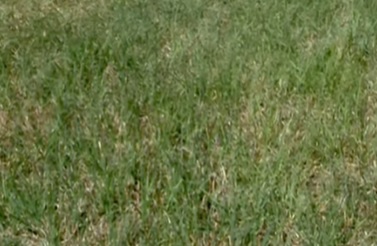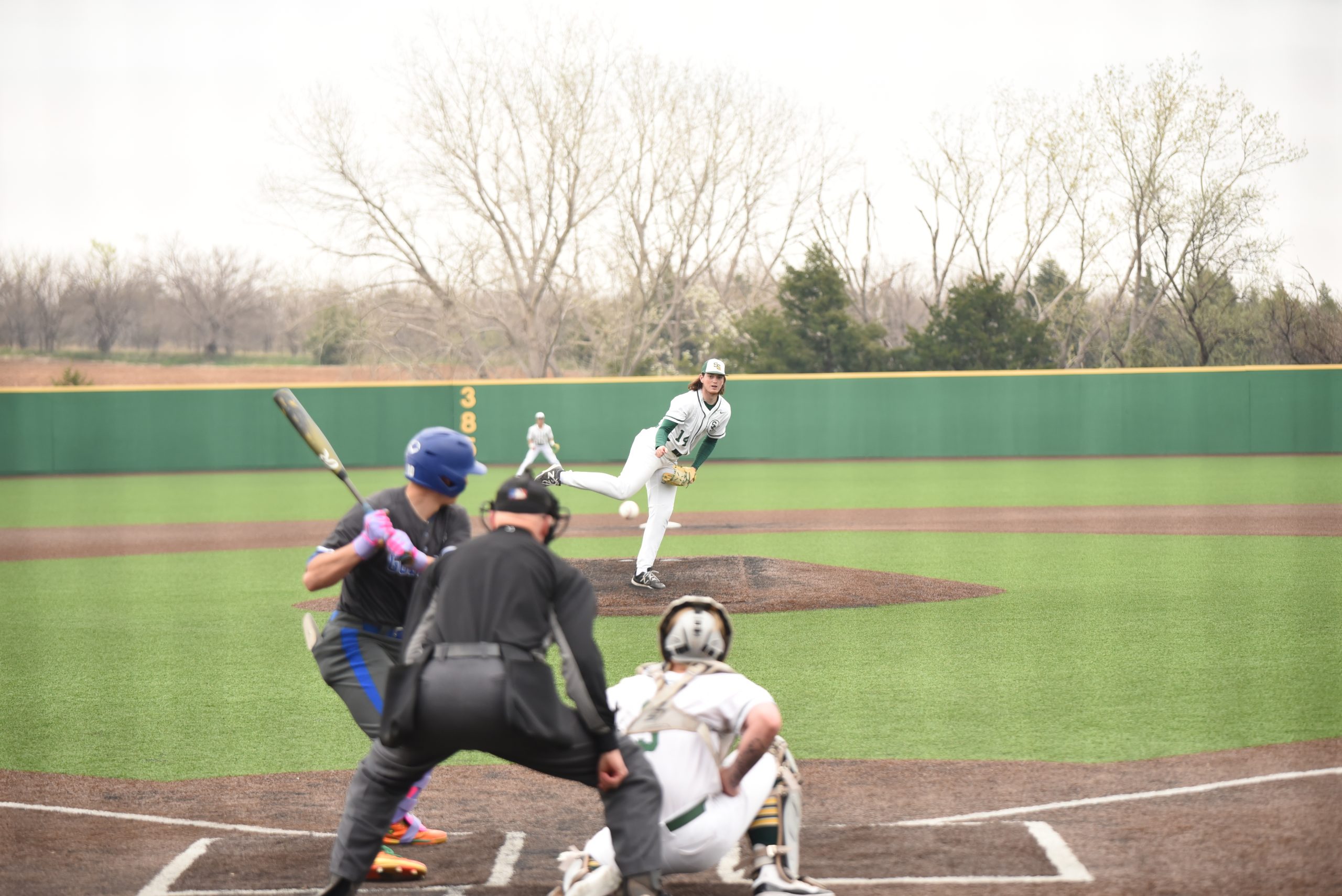While cool-season grasses are more common in Kansas, many parts of the state are more ideal for warm-season grasses, or those more tolerant of high temperatures and drought conditions.
Zoysiagrass, bermudagrass and buffalograss are the most common warm-season grasses in Kansas. Of these, buffalograss is thought to require less maintenance because it can survive with less water and fertilizer than the other two varieties.
The following calendar – provided by K-State horticulture expert Ward Upham — will give homeowners a good plan for maintaining warm-season grasses in Kansas.
March
Zoysiagrass and bermudagrass – Spot treat broadleaf weeds, if necessary. Treat on a day that is 50 degrees Fahrenheit or warmer. Rain or irrigation within 24 hours of application will reduce its effectiveness.
Buffalograss – Spot treat broadleaf weeds, if necessary; fall treatments are more effective. Spray early enough in March that the buffalograss is still dormant. Treat on a day that is 50 degrees F or warmer. Rain or irrigation within 24 hours of application will reduce its effectiveness.
April
Zoysiagrass and bermudagrass – Apply crabgrass preventer between April 1 and 15, or apply preventer when the eastern redbud is approaching full bloom. If using a product with prodiamine, apply two weeks earlier. Crabgrass preventers must be watered in before they will start to work.
Buffalograss – Apply crabgrass preventer between April 1 and 15 or when the eastern redbud is in full bloom. If using a product with prodiamine, apply two weeks earlier. Crabgrass preventers must be watered in before they will start to work. Avoid using broadleaf herbicides as the buffalograss is greening up, which may cause injury.
May through August 15
Zoysiagrass and bermudagrass – Fertilize with one pound of nitrogen per 1,000 square feet. Follow recommendations on the bag. More applications will give a deeper green color, but will increase mowing and lead to thatch buildup in zoysiagrass. Bermudagrass can have problems with thatch buildup, but is less likely.
For bermudagrass, consider 2 to 4 applications. For zoysiagrass, consider 1 to 2 applications.
Depending on what you decide, the suggested timeframe for applications includes:
- One application – apply in June.
- Two applications – apply in May and July.
- Three applications – apply in May, June and early August.
- Four applications – apply in May, June, July and early August.
June
Zoysiagrass and bermudagrass – If grubs have been a problem in the past, apply a product containing imidacloprid (May through June) or chlorantraniliprole (May). These products must be watered in before they are effective. June is a good time to core aerate a warm-season lawn.
Buffalograss – Fertilize with 1 pound of nitrogen per 1,000 square feet. If desired, fertilize again in July. If grubs have been a problem in the past, apply a product containing imidacloprid (May through June) or chlorantraniliprole (May). These products can also be applied in mid-May if there are problems with billbugs or May beetle grubs.
Late July through August
Zoysiagrass and bermudagrass – Apply a grub killer if you see grub damage. If imidacloprid has been applied previously, this should not be necessary. Grub killers must be watered in immediately.
Buffalograss – Apply a grub killer if you see grub damage. If imidacloprid has been applied previously, or if grubs have not been a problem in the past, this should not be necessary. Grub killers must be watered in immediately.
Late October
Zoysiagrass and bermudagrass – Spray for broadleaf weeds if they are a problem. Treat on a day that is at least 50 degrees F. Rain or irrigation within 24 hours reduces the effectiveness of the spray. Use the rates listed on the product label.
Buffalograss – Spray for broadleaf weeds if they are a problem. Look carefully because such winter annuals as chickweed and henbit are small and easily overlooked. Use a product that contains 2,4-D which increases effectiveness on dandelions. Treat on a day that is at least 50 degrees F. Rain or irrigation within 24 hours reduces the effectiveness of the spray. Use the rates listed on the product label.
Upham and his colleagues in K-State’s Department of Horticulture and Natural Resources produce a weekly Horticulture Newsletter with tips for maintaining home landscapes. The newsletter is available to view online or can be delivered by email each week.
Interested persons can also send their garden- and yard-related questions to Upham at wupham@ksu.edu, or contact your local K-State Research and Extension office.



